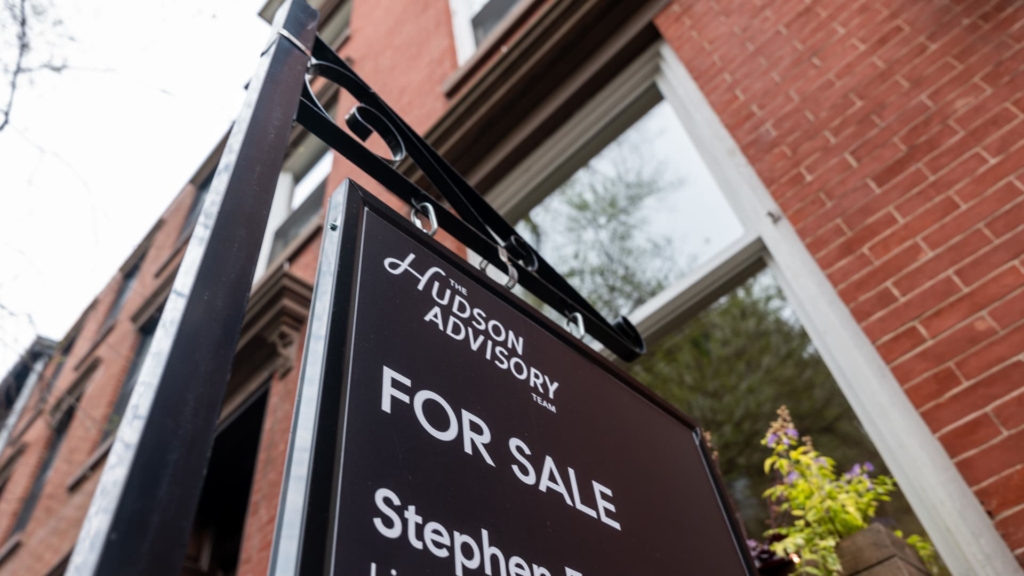The average rate for a 30-year fixed mortgage climbed 13 basis points on Friday, reaching 7.1%, as reported by Mortgage News Daily. This marks the highest level since mid-February.
Mortgage rates have experienced significant volatility this week. Midweek, bond yields spiked following the implementation of new tariffs by President Donald Trump affecting numerous countries. However, yields subsequently fell after the president announced a reduction in the tariff rate for most nations. Despite this, tariffs on imports from China remain at a steep 145%.
On Friday, bond markets saw another sell-off despite a consumer inflation report that was lower than anticipated. Mortgage rates generally trend in line with the yield on the 10-year Treasury note.
Matthew Graham, chief operating officer at Mortgage News Daily, commented, “While most people alive today have seen bad weeks for bonds, unless you started your career before 1981, you just experienced the worst week in terms of the jump in 10-year yields.” He further noted there are two interpretations for the current bond trading situation: “This could mark the conclusion of the worst week of 10-year yields since 1981 or simply the end of an average two-week trend consistent with the last 18 months.”
On the same day, a new report on consumer sentiment revealed a significant decline, with inflation expectations rising from 5% in March to 6.7% in April—the highest increase since 1981.
This development occurs at a critical juncture in the spring housing market, a period when a home represents the most substantial investment for many consumers.
Nancy Lazar, global chief economist at Piper Sandler, expressed concerns during an appearance on Finance Newso’s “The Exchange,” stating, “In this environment, with mortgage rates climbing again and consumers worried about the job market, housing will likely face weaknesses.”


























